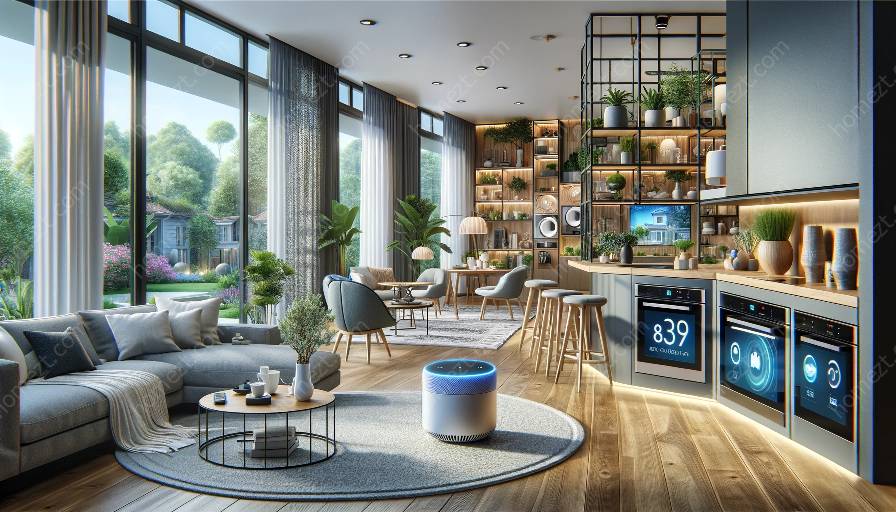Voice-controlled home appliances have become an integral part of intelligent home design, offering convenience and efficiency. However, cultural acceptance and language barriers play a crucial role in the successful adoption and use of these appliances.
The Importance of Cultural Acceptance
Cultural acceptance refers to the willingness and openness of individuals or communities to embrace new technologies, products, or ideas that may originate from different cultural backgrounds.
When it comes to voice-controlled home appliances, cultural acceptance plays a significant role in influencing consumer attitudes and behaviors towards these devices. Different cultures may have varying comfort levels with technology, privacy concerns, and expectations regarding user interactions.
Understanding and respecting cultural nuances is crucial for the successful integration of voice-controlled home appliances into diverse homes and communities. Manufacturers and developers need to consider cultural sensitivities and preferences when designing and marketing their products to ensure widespread acceptance and adoption.
The Impact of Language Barrier
Language barrier refers to the challenges faced when individuals with different linguistic backgrounds interact with voice-controlled devices that may only support a limited set of languages or accents.
In a global context, language barriers can inhibit the accessibility and functionality of voice-controlled home appliances, limiting their effectiveness in serving diverse populations. For example, users whose primary language is not supported by the device may struggle to communicate effectively with it, leading to frustration and reduced user satisfaction.
Addressing language barriers involves developing inclusive and multilingual voice recognition systems that can accurately interpret and respond to a wide range of languages and accents. By embracing linguistic diversity, manufacturers can ensure that their voice-controlled appliances cater to a more extensive user base, promoting cultural inclusivity and accessibility.
Integration with Intelligent Home Design
Intelligent home design encompasses the seamless integration of technologies and appliances to create a connected and efficient living environment. Voice-controlled home appliances form an essential part of this ecosystem, offering hands-free operation and automation capabilities.
By acknowledging the importance of cultural acceptance and addressing language barriers, intelligent home design can become more adaptive and accommodating. Customizing voice-controlled appliances to recognize and respond to specific cultural norms, languages, and dialects enhances user experiences and fosters a sense of inclusivity within smart homes.
Conclusion
The successful integration of voice-controlled home appliances into intelligent home design relies on recognizing the significance of cultural acceptance and addressing language barriers. By prioritizing inclusivity and diversity, manufacturers and designers can create products that resonate with a wide range of consumers, promoting a truly connected and accessible smart home experience.


